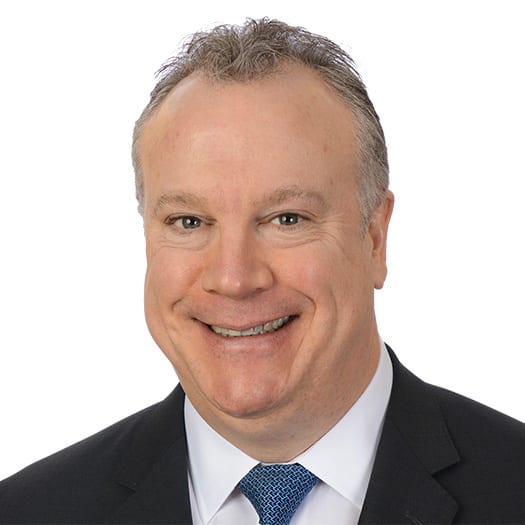Ready to proof -- Clare 11/10/22
KJ proofed on 11/13 - note for Courtney and Clare on the headline.
CB revised and proofed - clean on my end
Photo: Zhanna Hapanovich, iStock/Getty Images Plus, via Getty Images
BUYERS HIT THE PAUSE BUTTON ON NEW INVESTMENT ACTIVITY
Leland Harrs, Managing Director, Head of Chemicals, at Houlihan Lokey, offers a brief update on the current M&A market. Houlihan Lokey is a leading global investment bank in New York with expertise in mergers and acquisitions, capital markets, financial restructuring, and valuation.

Leland Harrs
PCI: This has been a turbulent year in the financial markets. How has it impacted coatings sector M&A?
HARRS: Several factors have negatively impacted trading conditions and M&A volume in the coatings sector through the first three quarters of 2022. The combined effects of spiraling inflation, global supply chain issues, high energy prices, and labor shortages have made it difficult, if not impossible, to accurately project earnings. The cloud of uncertainty around forecast earnings has resulted in lower CEO confidence levels. Earnings misses, stock market declines (stock prices of coatings majors are down over 30% YTD 2022) and the retrenchment of the debt markets have made investors nervous and put a chill on the M&A market. Deals are taking longer to get done, more deals are getting pulled or put on hold, and multiples are starting to come down for the first time since the recession of 2008. Overall, year-to-date (through 9/30/22), coatings M&A volume is down approximately 30% over 2021 levels. Median deal size is down almost 50% year-over-year from $150 million in 2021 to $86 million YTD 2022. There has been an increasing preference for smaller, bolt-on acquisitions by strategics (e.g. Gross & Perthun GmbH by S-W; Cristacol by PPG; and Cap Couleurs by Hempel). Bite-sized targets that are seen as close to the core, offering lower risk and achievable synergies, are strongly preferred.
Financial buyers (e.g. private equity sponsors, family offices) have hit the pause button recently on their new investment activity. Many investors have adopted a “risk-off” position. Debt is harder to raise, with the syndicated bank loan market effectively closed for business. Private capital sources (i.e. direct lenders) are filling the breach for middle market deals to some extent, but they are lending at lower leverage levels than before and with tighter financial covenants, higher interest rate spreads, and higher required equity commitments.
Despite the current headwinds, the coatings sector remains highly attractive to investors. There is no lack of desire for acquisitive growth by both established coatings sector players and new entrants. The diversity and fragmentation of the industrial coatings sector, in particular, appeal to investors. We continue to see strong valuations for attractive assets that offer growth and potential synergies. Assets of scale (in excess of $50 million of EBITDA) can still garner frothy double-digit EBITDA multiples.
Ironically, the current market disruption could present an attractive opportunity for deal-making. In particular, for strategic players with an appetite for growth and strong balance sheets, there is an opportunity to be proactive with respect to acquisitions. Limited auctions, sale processes with a limited number of parties (handfuls rather than dozens), are on the rise. Sellers are increasingly open to direct "bi-lateral" approaches. Broad, "boil the ocean" sales processes are increasingly rare. Sellers prefer to deal with fewer, more knowledgeable buyers. The pendulum has clearly swung (for the time being) in favor of strategic buyers relative to financial buyers.
PCI: What about larger deals? Do you see potential for the coatings landscape to change?
HARRS: While the turmoil in the debt and equity markets is not conducive to large deal-making, I do think there will be a few marquee transactions in the coming years. Several sizable players are ripe for consolidation, and the availability of significant synergies (often 50% or more of target EBITDA), will continue to provide strategies with plenty of incentive to seek acquisitive growth. Our crystal ball foresees continued consolidation. The big will continue to get bigger, and there is a good possibility that one or more of the top 10 players will be acquired in the coming years.